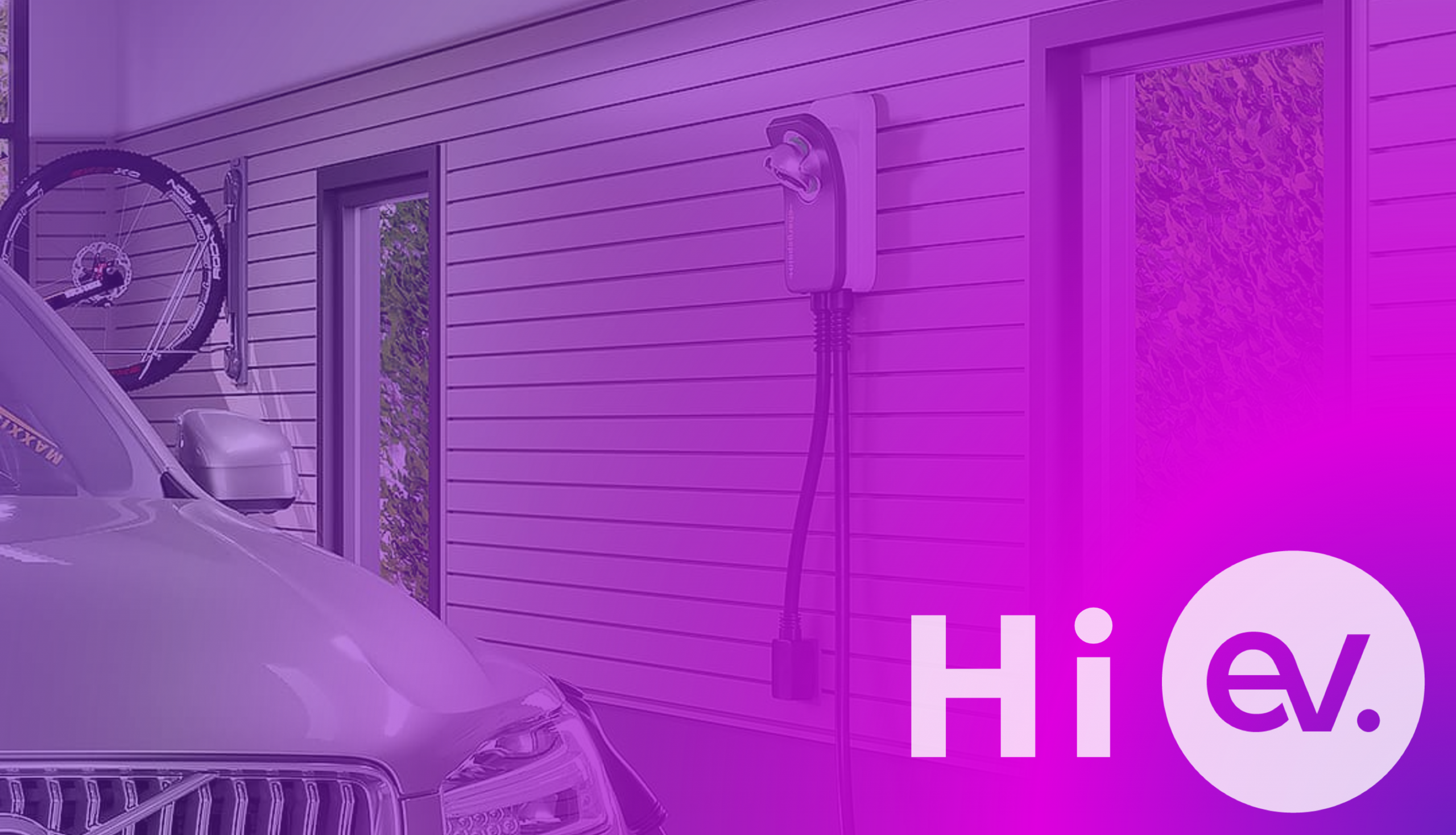Buying a used electric vehicle? Don’t let a dumb charger kill your battery…..boom!
Just bought a second-hand Nissan Leaf, Iqoniq or Tesla Model 3? Congrats! Protect your investment, and discover why the right home ev charger is crucial for your electric vehicle’s battery health, safety, and performance on pre-owned EV’s. Your tailored solution is waiting for you – from Hi EV.
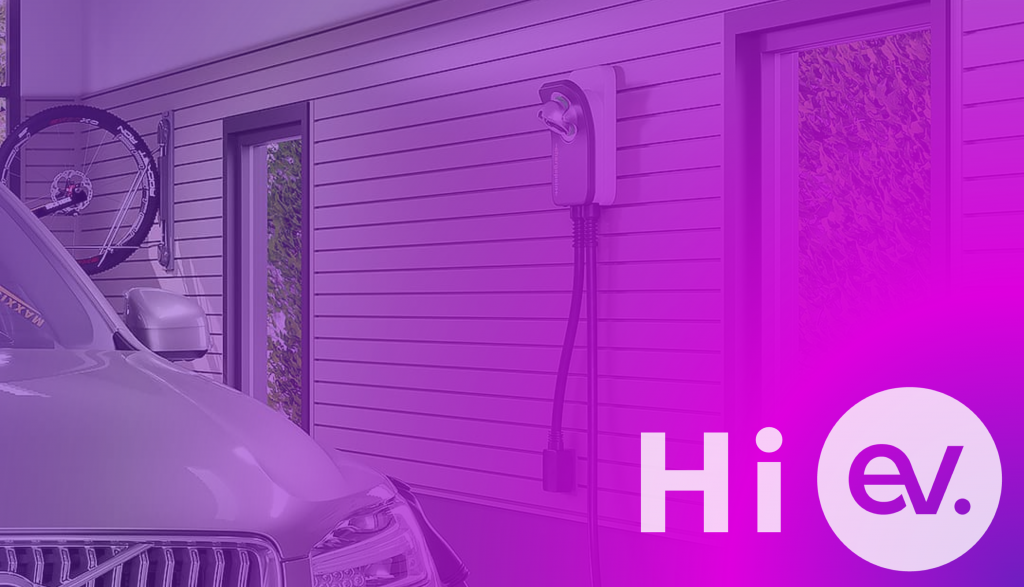
So, you’ve just snapped up a ‘pre-loved’ Nissan Leaf, bargain Hyundai Ioniq or maybe even a Tesla model 3 that’s seen a few motorway miles? Smart move! You’ve joined the EV revolution; without the new EV price tag. However, the reality is that every second-hand electric vehicle owner needs to hear something: that car’s battery has a history.
The single biggest factor of determining its future health, your safety, and the car’s resale value isn’t how you drive it – it’s how you charge it!
Using a 3-pin ‘granny charger’ or the wrong charger completely isn’t just inconvenient; it’s a slow-motion disaster for your new-old investment. Let’s get it right!
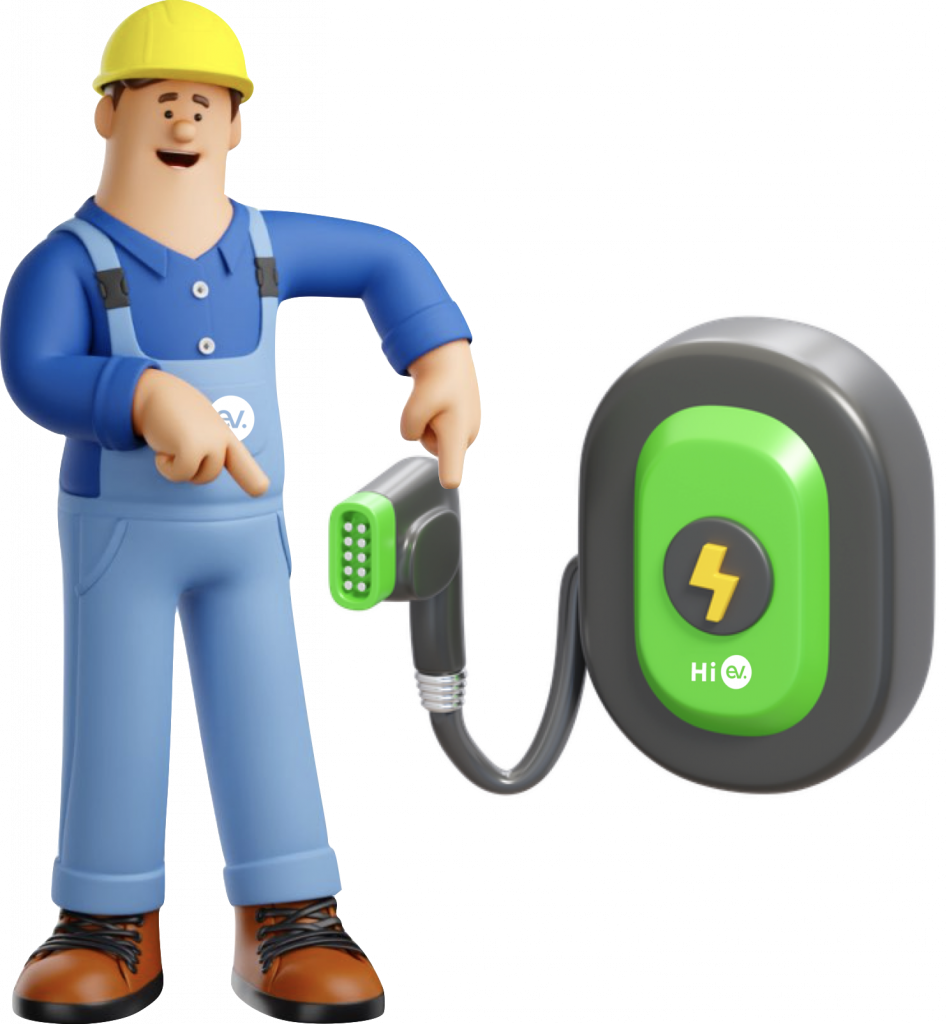
The ‘Granny Charger’ – Your False Economy
The Speed-Sapping reality of the 3-pin plug
It’s probably coiled up in the boot. It does seem convenient – just plug into any socket! But here’s the colder, hard truth for a used electric vehicle owner:
- A Tortoise, not a Hare: A standard 3-pin plug will deliver a minimal 2-3 miles of range per hour. For a used EV that may have started with 180 miles and now has 150, a full recharge could take over 40 hours. A 7kW dedicated charger, like the ones Hi EV install, is up to 5 times faster – delivering 25-35 miles of range per hour. That’s the difference between an empty car every morning and a car that’s always ready for your life.
The Silent Wear and Tear – on your pre-owned EV
The Speed-Sapping reality of the 3-pin plug
Think of your used EV’s onboard charger as its heart. A granny cable makes it work inefficiently, like feeding it a poor diet.
- Inconsistent Power: AThe power from a 3-pin plug is less stable than from a dedicated circuit. This can cause subtle stress on the car’s charging systems over time.
- A Tortoise, not a Hare: Older EVs, such as the early Nissan Leaf, have less sophisticated systems than those seen today. Subjecting them to long, inefficient charge cycles, exacerbates wear & tear. Dedicated home ev chargers provides clean, stable, and optimal power supply, treating your ev’s electrical system with the care it deserves.


Home EV Charger costs for Homes in the UK
Investing in a home ev charger is a decision that brings unparalelled convenience and long-term savings. However, understanding the financial commitment is a critical first step. A common question we usually asked by our prospective customers is; ‘How much is it going to cost?’. Of course, as we’d say, not much in the grand scheme!
Battery Health is King – Be your Battery’s Best Friend
Your used EV’s Battery has a past….let’s protect its future!
Scheduled Charging
The ‘Full Tank’ Timing trick: Letting a lithium battery sit at 100% charge for days on end is stressful and accelerates degredation. Smart Chargers from Hi EV avoid this, allowing you to schedule charging to finish just before you leave for work. This means the battery isn’t sitting at peak voltage all night, significantly preserving its lifespan.
Pre-Conditioning
A warm battery is a happy battery: On cold mornings, you can use your charger’s app to warm the cabin and the battery, whilst still plugged in. This uses grid power instead of draining the battery – meaning you can drive off with more range and a battery that’s operating efficiently from the start.
Charge Limiting
The 80% sweet spot: For day-to-day use, you rarely need 100% of charge in your ev’s battery. A smart charger app lets you set a maximum charge level (e.g. 80% or 90%). This dramatically reduces long-term stress on the battery cells. For a used EV, this is arguably the most important feature to half range decay in its tracks.
The Hi EV Difference – A charger tailored to your Used EV
Hi EV don’t just sell you a box on the wall. We prescribe a solution.
One size does not fit all, especially in the diverse world of used EVs. That’s why our process begins with a simple question: “What car do you have?”
Navigating the Compatibility Maze: Type 1 vs. Type 2
Hi EV – Tailored to you
Navigating the Compatibility Maze: Type 1 vs. Type 2
This is a common point of confusion for a lot of used EV buyers – we can clear it up instantly. One size does not fit all, especially in the diverse world of used EVs. That’s why our process begins with a simple question: “What car do you have?”
Type 2
The modern EU standard…found on Teslas, Hyundai Iqoniq/Kona, Kia e-Niro/Soul, BMW i3, and most EV’s from around 2018 onwards.
Hi EV Solution
If you have a Type 1 car, we can install a charger with a universal Type 2 socket, providing you with a high-quality Type 1 to Type 2 cable.
Type 1
The older standard, common on the Nissan Leaf (pre-2018), Mitsubishi Outlander PHEV, and earlier Renault Zoes.
Type 1 to Type 2 Cable
This future-proofs your installation for your next electric vehicle – which will almost certainly be Type 2.

What do Hi EV offer me?
Matching Charging Speed to your car’s Appetite Home EV Chargers
Not all used EVs can handle a full 7kW EV Charger. We match the charger to your car’s capability to ensure you don’t pay for power you can’t use.
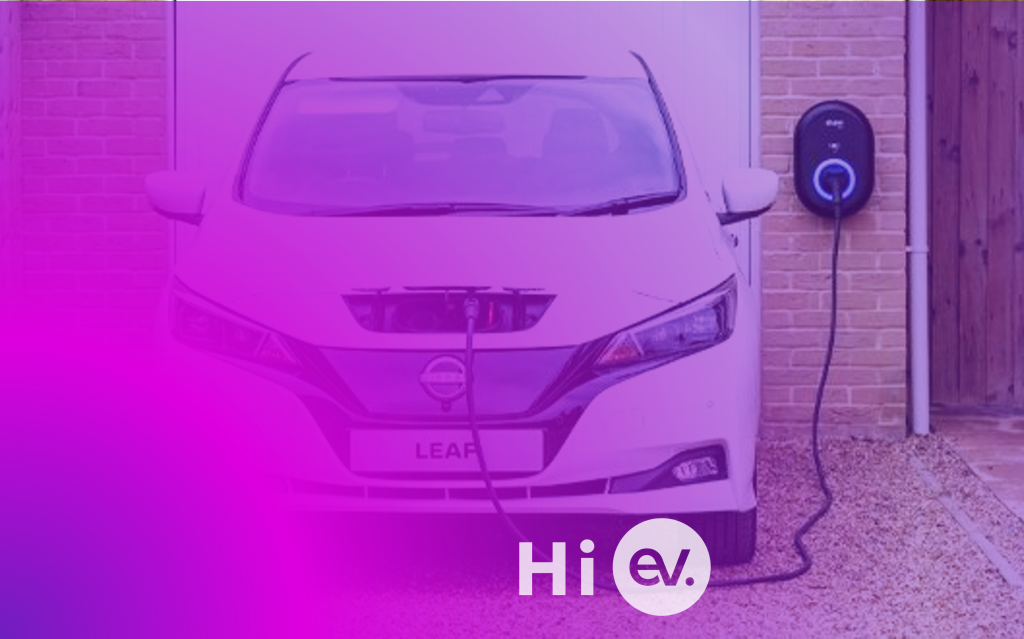
Easly Nissan Leaf (2011-2017)
Often limited to 3.3kW. We’ll install a 7kW charger (for your next car), and explain it will charge your leaf at its maximum rate of 3.3kW. It’s safe, optimal, and future-proof! Most Nissan Leafs (24kWh & 30kWh models) have a 3.3kW onboard charger. This is a bit of a bottleneck. Even with a powerful 7kW or 22kW home ev charger, your Leaf will only draw a maximum of 3.3kW (12 miles of range per hour). Why is a 7kW charger still the correct choice? Because you’re investing in your home’s infrastructure – when you upgrade your EV, your charger is already ready. It will certainly not harm your leaf to use one of our 7kW chargers; the car intelligently limits the power it accepts. Most importantly – battery health is critical! The early Leaf’s air-cooled battery is notorious for degredation. Our recommended smart chargers are non-negotiable. Using scheduled charging to avoid a 100% charge state for long periods and setting a charge limit of 80% for daily use, are the best things you can do to extend its life.
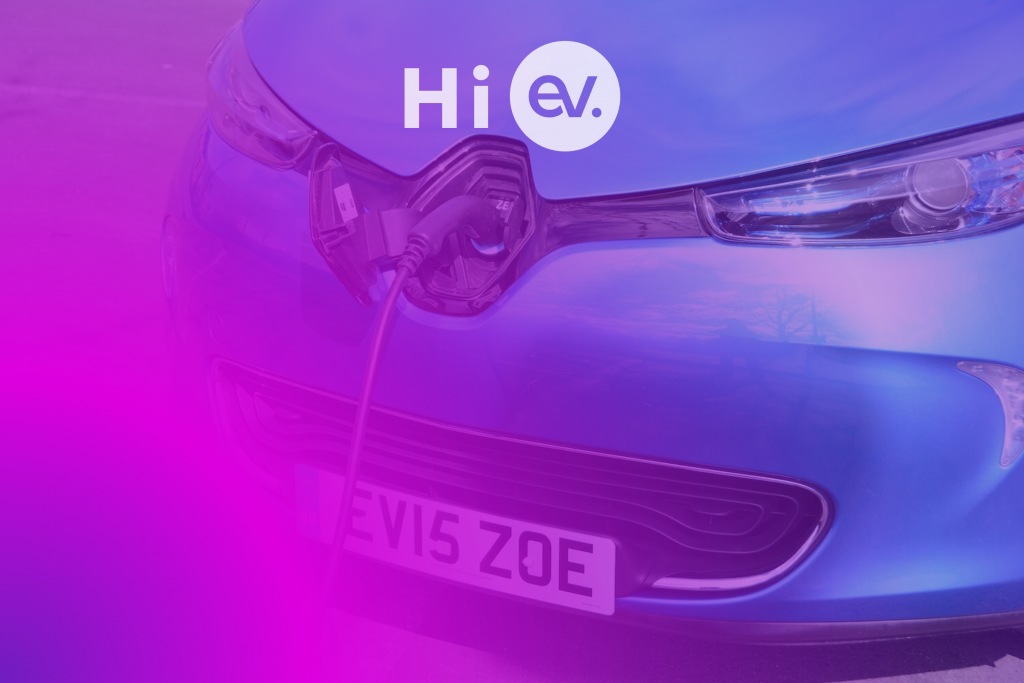
Renault Zoe EV
The connector – it’s a mix! Very easily Zoes may have Type 1, but most from 2015 onwards switched over to Type 2. We’ll of course confirm this before installation. The Zoe’s are unique, in that many models, especially those with 43kW AC charging option, have a phenomenal 22kW onboard charger. This is super rare, and means they can charge at 3 X the speed of a standard 7kW home EV charger.
A unique case that can handle 22kW! We’ll discuss if your home’s power supply can support this and provide the exact solution in the form of an EV Charger.
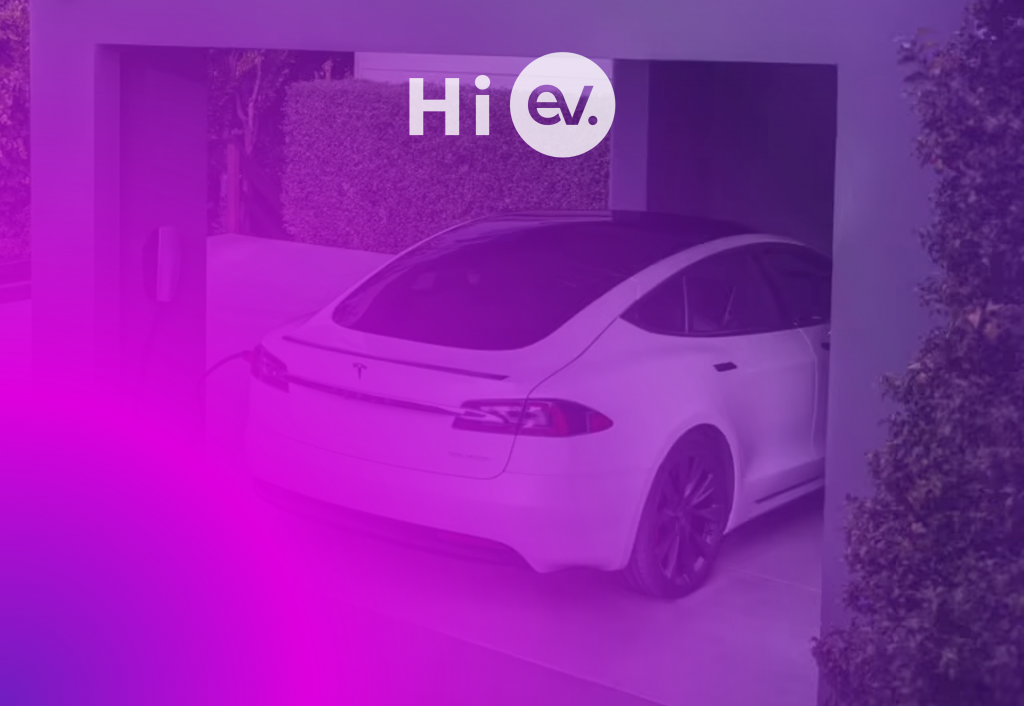
Tesla Model 3, Hyundai Ioniq, Kona etc.
An answer to a common question – you don’t need a Tesla Wall connector for your Tesla. Yes, they’re great, but there are other options out there, such as Ohme, Project EV, or Hypervolt especially for the used EV market. Tesla batteries are high-quality, but also degrade much like any other. Using the smart charger’s app can set daily charge limits to 80-90%, which is the single best method of preserving the battery’s long-term health.
The Hyundai Ioniq/Kona & kia Niro – Sensible all-rounders: These all have Type 2 connectors. They typically have a 7.2kW onboard charger, making them a perfect match for a standard 7kW home charger. You’ll get the full, rapid home charging experience.
Home EV Charger Convenience
Full Tank Every Morning!
Eliminate the need for dedicated trips to public charging stations. A 7KW home EV Charger provides complete overnight charge for most vehicles, ensuring you start every day with maximum range. This model is called ‘set-and-forget’, and is the ultimate for personal convenience – turning time-consuming errands into seamless, background tasks.
Superiority over the ‘3-pin’ ‘Granny Cable’
Using standard domestic sockets is a safety compromise and practical limitation. Dedicated, IP65, weatherproof EV Chargepoints offer charging speeds of up to 5 times faster (25-40 miles of range per hour vs. 2-3 miles)…designed for continuous outdoor use – all installed, by Hi EV, with appropriate outdoor-rated cables and circuitry. This robust and fit-for-purpose approach is standard in all of our installations – from single domestic ev chargers, to multi-unit commercial ev charging hubs.
Remote Management & Controls
Most of the modern Smart EV chargers come with dedicated apps. This allows you to schedule charging during off-peak energy rates, monitor consumption, and start or stop sessions remotely. This high-level of control and detail is the foundation of sophisticated charging station management systems (CPMS) that we implement for business/commercial clients – controlling the chargers themselves, dynamic pricing, and detailed usage reporting. You get the same, from Hi EV Home installations.
Ready to unlock these 5 core benefits at your home?
Click here to get your instant, no-fuss domestic quote from Hi EV today!
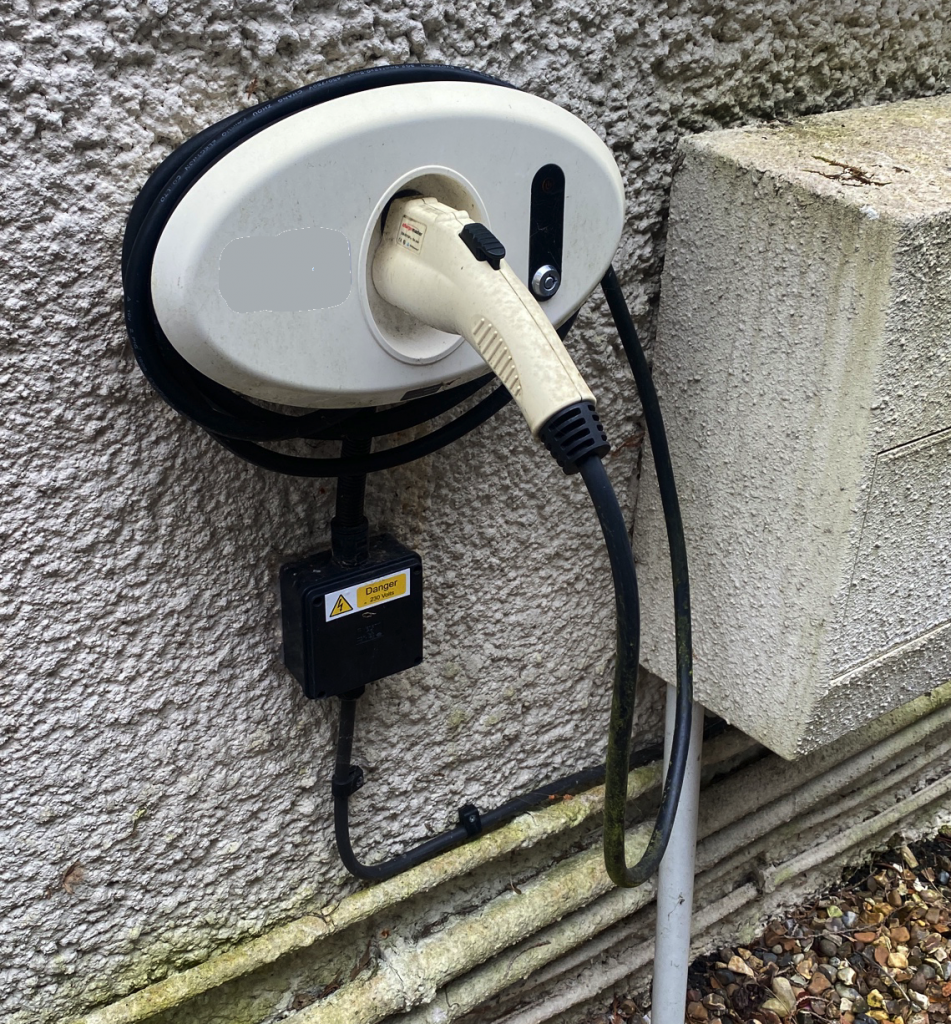
Why a ‘Dumb’ Charger is a used EV’s Worst Enemy
It’s not just About Speed. It’s about Longevity.
A basic, non-smart charger just pushes electricity. A Hi EV smart charger manages it. For a used Ev with an already-aged battery, this management is the difference between a slow decline and a prolonged, healthy life.
The “Set-and-Forget” Killer; Plugging a used EV into a dumb charger every night, and leaving it at 100% until the next morning is like keeping your phone on the charger 24/7 – it steadily wears the battery down. You’ll find in your phone’s battery settings, it likely shows ‘battery health’ – and the degradation, over time, of the charge-de-charge cycle.
The Hi EV Smart Solution:
- Scheduled Charging: Plug-in when you get home, but the charger only activates during your chosen cheap, off-peak window (e.g., 00:30-04:30). This limits the time the battery sits at a high state of charge.
- Charge Limiting: The most crucial feature, Set a daily limit of 80% in the app. The charger automatically stops when it hits this level. For a used Nissan Leaf, this can add years to the battery’s useful life.
- Solar & Tariff Integration: Our chargers can be set to only use your solar power surplus or to chase the very cheapest rates on your energy tariff, slashing your pence-per-mile cost.
Your used Nissan Leaf, quirky Renault Zoe, or tech-loaded Tesla Model 3 deserves a charging solution that’s as unique as it is. Stop guessing about plugs, power, and battery care. Let Hi EV‘s experts provide a charger that’s not just compatible, but optimised for your specific car and your lifestyle.

